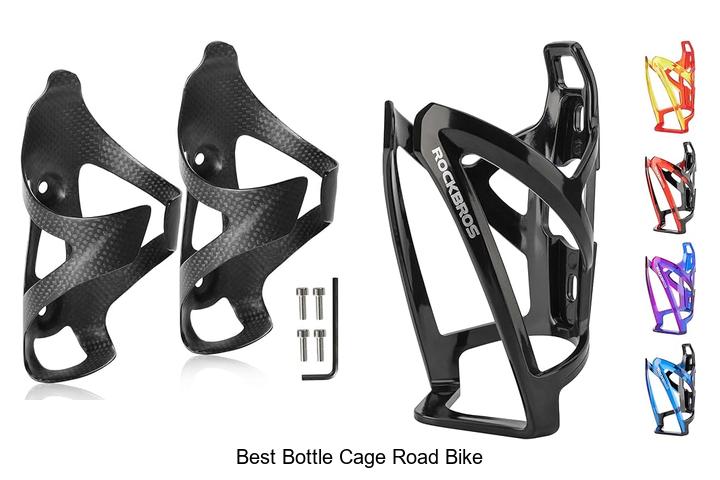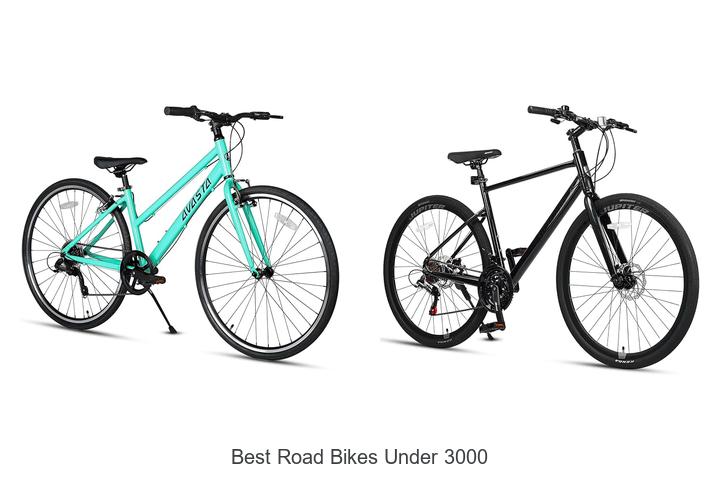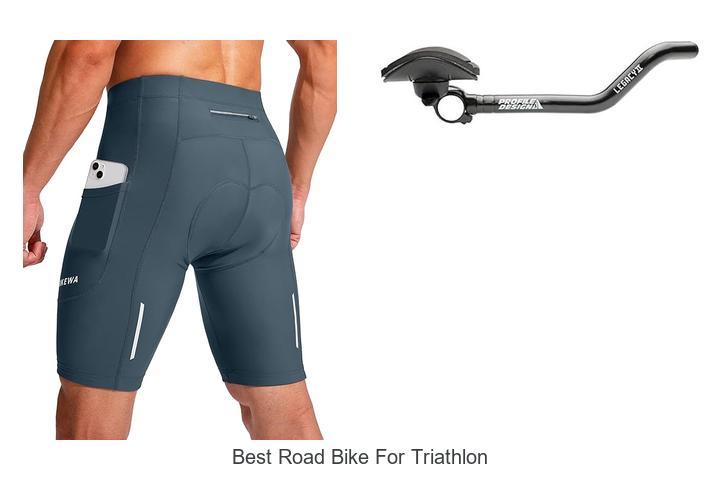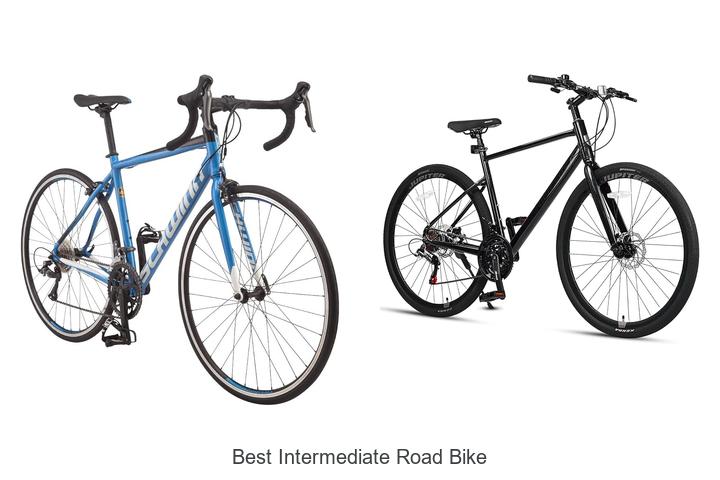How to Measure Road Bike Frame Size for the Perfect Fit
Choosing the right road bike frame size is key to a comfortable and efficient ride. If your frame is too big or small you might experience discomfort or even injury. Knowing how to measure your frame size helps you find a bike that fits your body perfectly.
Measuring your road bike frame isn’t as complicated as it sounds. With a few simple steps you can determine the size that matches your height and riding style. Getting this right means better control and more enjoyment every time you hit the road.
Understanding Road Bike Frame Sizes
Knowing how road bike frame sizes work helps you choose the best fit for your body and riding goals. Accurate frame sizing improves comfort and bike handling.
Why Frame Size Matters
Selecting the correct frame size ensures proper posture and efficient power transfer. A frame that’s too large restricts movement and control, while one that’s too small causes discomfort and reduces endurance. Proper sizing minimizes injury risk, especially in areas like the back, neck, and knees. Your riding performance improves when the bike supports your natural alignment.
Common Frame Size Measurements
Manufacturers usually list frame sizes in centimeters, measuring the seat tube length from the center of the bottom bracket to the top of the seat tube. Another key measurement includes the top tube length, which determines reach and cockpit space. Some brands use inches or generic labels like small, medium, and large, which correspond roughly to specific seat tube and top tube dimensions. Additionally, standover height measures the clearance between your crotch and the top tube when standing over the bike; it should provide at least 1 to 2 inches of clearance to avoid discomfort.
Tools Needed to Measure Road Bike Frame Size
You need the following tools to measure your road bike frame size accurately:
- Tape measure or ruler: Use a tape measure with metric markings for precise measurements of the seat tube length and top tube length.
- Flat surface: Place your bike on a level, stable surface to ensure accurate standover height measurement.
- Wall or vertical support: Stand beside a wall to help measure your height and standover clearance properly.
- Calculator: Calculate frame size using formulas based on your inseam length or height for a more customized fit.
- Notebook and pen: Record measurements and calculations for easy reference when comparing frame sizes.
These tools allow you to gather exact figures, ensuring you select a frame that fits your body geometry and riding style.
Step-by-Step Guide: How to Measure Road Bike Frame Size
Accurately measuring your road bike frame size ensures comfort and optimal performance. Follow these steps and use your measurements to find the perfect fit.
Measuring the Seat Tube Length
Measure the seat tube length by placing your tape measure at the center of the bottom bracket, where the pedals attach, and extend it vertically along the seat tube to the top of the seat post clamp. Record this value in centimeters or inches. This length correlates closely with the frame size and influences your saddle height and pedaling efficiency.
Checking the Top Tube Length
Measure the top tube length by placing the tape measure horizontally from the center of the head tube, near the handlebars, to the center of the seat tube. Use a level or ensure the tape measure remains parallel to the ground to avoid inaccurate readings. This measurement impacts your riding posture and reach, critical for control and comfort.
Assessing Standover Height
Stand over the bike frame on a flat, level surface with your feet flat and shoulder-width apart. Measure the clearance between the top tube and your crotch. Aim for at least 1 to 2 inches (2.5 to 5 cm) of clearance to prevent discomfort or injury during sudden stops or mounting.
Considering Reach and Stack
Calculate reach by measuring horizontally from the center of the bottom bracket to the center of the top of the head tube. Measure stack vertically from the same bottom bracket point to the top of the head tube. These dimensions account for your body geometry and define your riding position. Use reach and stack measurements to compare frames beyond traditional seat and top tube lengths for a more precise fit.
How to Interpret Your Measurements for the Best Fit
Use your seat tube length to identify the correct frame size based on manufacturer charts, which usually match centimeters or inches to rider height. Compare your top tube length to your torso and arm length to determine reach; a longer top tube suits riders with longer arms, while a shorter one fits those with compact builds. Check standover height to ensure you have at least 1 to 2 inches of clearance when standing over the bike, preventing injury and improving control.
Consider stack and reach as key indicators of your riding posture. Higher stack values raise the handlebar position for comfort, while lower stacks promote aggressive, aerodynamic positions. Combine these with reach measurements to find a frame that balances comfort and performance to match your riding style.
Adjust saddle height and handlebar position after selecting the frame size to fine-tune your fit for efficient power transfer and reduced fatigue. Remember that frame geometry affects handling; endurance frames often offer relaxed geometry for comfort, whereas race frames favor aggressive positioning.
Review size guides from multiple brands since sizing can vary. When in doubt, prioritize a slightly smaller size to avoid overreaching, which can cause strain, or a slightly larger size if comfort and longer rides are your goal.
Tips for Testing Frame Size In-Person
Check the standover height by straddling the bike with both feet flat on the ground. You must have 1 to 2 inches of clearance between your crotch and the top tube to avoid discomfort and injury.
Adjust the saddle height to align your leg with a slight bend at the knee when the pedal is at its lowest point. Proper saddle height improves pedaling efficiency and reduces strain.
Sit on the saddle and reach for the handlebars. You need a comfortable reach that doesn’t overstretch your arms or cramp your back, maintaining a natural riding posture.
Test the bike’s handling by walking it or riding slowly in a safe area. You should feel balanced and in control without excessive strain on your hands or shoulders.
Observe how your foot contacts the pedal. Ensure your foot positions correctly over the pedal axle for optimal power transfer.
Confirm the frame size by comparing your measurements—such as inseam and torso length—with the bike’s geometry specs. This ensures consistency between calculated size and feel.
Use these practical steps to verify frame fit effectively before committing to a purchase or finalizing adjustments.
Conclusion
Choosing the right road bike frame size is key to unlocking your best ride. When your bike fits well, you’ll feel more comfortable, confident, and efficient on every pedal stroke.
By taking the time to measure accurately and test your fit, you set yourself up for better control and less strain. Remember, small adjustments can make a big difference in your overall experience.
Trust your measurements, listen to your body, and don’t hesitate to try different sizes or brands until you find the perfect match for your riding style and goals. Your ideal frame size is out there—ready to help you ride stronger and farther.
Frequently Asked Questions
Why is choosing the correct road bike frame size important?
Choosing the right frame size ensures comfort, efficient power transfer, and proper posture. It helps prevent discomfort or injury while improving bike handling and overall riding experience.
How do I measure my road bike frame size?
Measure your seat tube length, top tube length, and standover height using a tape measure, flat surface, and wall. Compare these with manufacturer size charts and consider your torso, arm length, and riding style.
What tools do I need to measure bike frame size accurately?
You need a tape measure or ruler, a flat surface, a wall or vertical support, a calculator, and a notebook to record your measurements.
What is standover height and why does it matter?
Standover height is the distance between the ground and the top tube of the bike. It should allow 1 to 2 inches of clearance when you straddle the bike, ensuring safety and comfort.
What are reach and stack on a bike frame?
Reach measures horizontal distance from the bottom bracket to the handlebar, affecting forward stretch. Stack measures vertical height from the bottom bracket to the handlebars, influencing posture. These help customize fit beyond basic frame size.
Can I adjust a bike if the frame size isn’t perfect?
Yes, you can adjust saddle height, handlebar position, and stem length to improve fit, but a correctly sized frame provides the best foundation for comfort and performance.
Does bike frame sizing vary between brands?
Yes, sizing can differ across brands. Always consult multiple size guides and compare geometry measurements to ensure the best fit.
How can I test if a bike frame fits me properly?
Straddle the bike to check standover clearance, adjust saddle height for leg alignment, ensure comfortable reach to handlebars, test handling in a safe area, and compare measurements with the bike’s specs.




